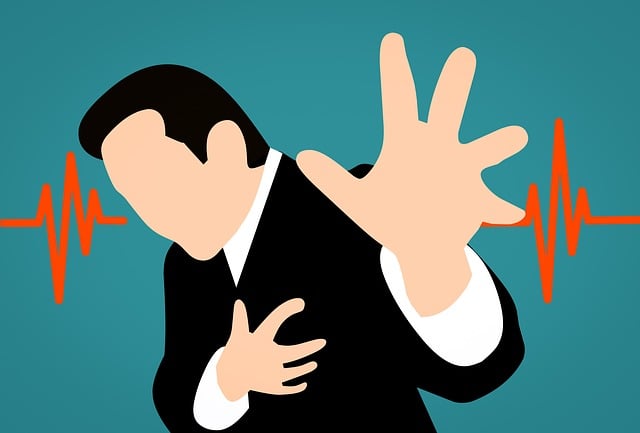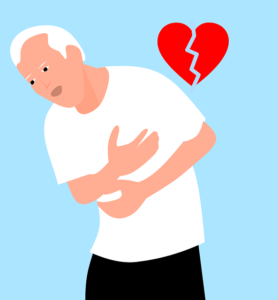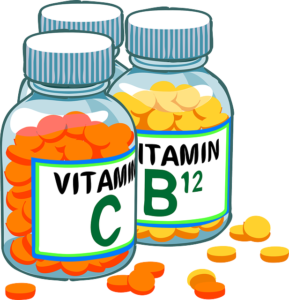## Introduction to sudden death in young adults
Sudden death in young adults is a tragic and often unexpected event that continues to puzzle medical professionals and devastate families. It refers to the sudden and unexpected death of an individual aged between 18 to 35 years, who appears to be in good health. This phenomenon is not only emotionally distressing but also leaves many unanswered questions for grieving families. Understanding the causes and risk factors associated with sudden death in young adults is crucial in order to prevent future tragedies.
Understanding cardiac arrest and its impact
Cardiac arrest is the leading cause of sudden death in young adults. It occurs when the heart suddenly stops beating, leading to a cessation of blood flow to vital organs. Without immediate intervention, cardiac arrest can result in permanent brain damage or death within minutes. It is important to note that cardiac arrest is different from a heart attack, where there is a blockage in the blood vessels supplying the heart.
Common causes of sudden death in young adults
Several factors can contribute to sudden death in young adults. One of the most common causes is undiagnosed heart conditions. Structural abnormalities of the heart, such as hypertrophic cardiomyopathy, can go unnoticed until a sudden cardiac event occurs. Other heart abnormalities, such as congenital heart defects or arrhythmogenic right ventricular dysplasia, can also lead to sudden death in young adults. Additionally, inherited disorders, such as Long QT syndrome or Brugada syndrome, can increase the risk of sudden cardiac arrest.
Two life-threatening arrhythmias that can cause cardiac arrest
There are two primary life-threatening arrhythmias that can cause sudden cardiac arrest in young adults: ventricular fibrillation (VF) and ventricular tachycardia (VT). VF occurs when the heart’s electrical signals become chaotic, leading to a rapid and irregular heartbeat. This condition prevents the heart from pumping blood effectively and can result in sudden cardiac arrest. VT, on the other hand, is characterized by a rapid and regular heartbeat originating from the ventricles. If left untreated, VT can deteriorate into VF, leading to cardiac arrest.
Identifying the risk factors for sudden death in young adults
Recognizing the risk factors associated with sudden death in young adults is crucial for early detection and prevention. Family history plays a significant role, as certain heart conditions can be inherited. If a close relative has experienced sudden cardiac arrest or has been diagnosed with a heart condition, it is important to consult with a healthcare professional and undergo appropriate screenings. Other risk factors include a history of fainting or seizures during physical activity, unexplained shortness of breath, and a history of drug or alcohol abuse.
The role of genetics in sudden death cases
Genetics can significantly contribute to sudden death cases in young adults. Inherited conditions such as Long QT syndrome, Brugada syndrome, and arrhythmogenic right ventricular dysplasia can be passed down through generations. Genetic testing can help identify individuals at risk and enable early intervention. Additionally, genetic counseling can provide valuable information to families, helping them understand the inheritance patterns and take necessary precautions.
Diagnostic tests and screenings for identifying the root causes
Early detection of potential heart abnormalities is vital in preventing sudden death in young adults. Diagnostic tests such as electrocardiograms (ECG), echocardiograms, and stress tests can help identify structural abnormalities, irregular heart rhythms, and other underlying conditions. These tests are non-invasive, painless, and can provide crucial information about an individual’s heart health. Regular screenings and follow-ups with healthcare professionals are essential, especially for those with known risk factors.
Preventive measures and lifestyle changes to reduce the risk
While some heart conditions are genetic and cannot be prevented, there are lifestyle changes and preventive measures that can significantly reduce the risk of sudden death in young adults. Regular exercise, a balanced diet, maintaining a healthy weight, and avoiding tobacco and excessive alcohol consumption are all crucial for maintaining a healthy heart. It is also important to manage stress levels and seek appropriate treatment for mental health conditions, as stress and anxiety can impact heart health.
The importance of awareness and education about sudden death
Creating awareness and educating the public about sudden death in young adults is essential in preventing future tragedies. It is important for individuals to be aware of the risk factors, recognize the signs and symptoms of heart abnormalities, and understand the importance of seeking medical attention. Educational programs, community initiatives, and widespread dissemination of information can help empower individuals to take charge of their heart health and seek timely medical intervention when necessary.
Conclusion: Taking action to prevent sudden death in young adults
Sudden death in young adults is a devastating and often preventable occurrence. By understanding the causes, risk factors, and preventive measures associated with sudden death, we can take proactive steps to protect our loved ones and ourselves. Regular screenings, genetic testing, and lifestyle modifications can significantly reduce the risk of cardiac arrest. It is crucial to raise awareness, promote education, and encourage individuals to prioritize their heart health. By working together, we can make a difference and prevent the silent threat of sudden death in young adults.
Click here to learn more about sudden cardiac arrest and how to prevent it.
Note: This article is for informational purposes only and should not replace medical advice. Please consult with a healthcare professional for personalized guidance and recommendations.



